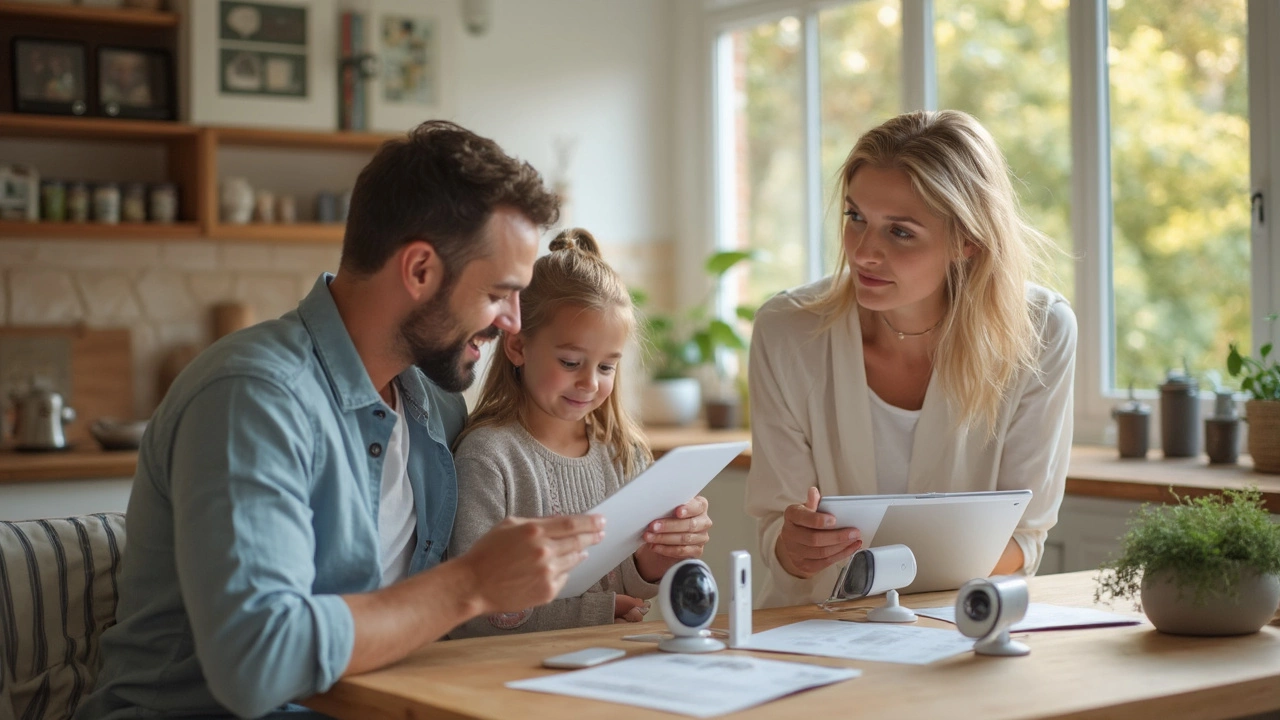When it comes to protecting your place, the right camera can make all the difference. You don’t need a million‑dollar system – you just need a camera that fits your needs, budget, and space. In this guide we’ll break down the key features, show you where to look for the best value, and help you avoid common pitfalls.
Resolution matters. A 1080p (Full HD) camera gives clear images you can actually read. If you want extra detail, 2K or 4K will show faces and license plates more sharply, but it also uses more storage.
Night vision is a must. Most burglars strike after dark, so choose a camera with infrared LEDs or a color‑night sensor. Infrared gives black‑and‑white images, while color‑night tech can capture low‑light color if you have a well‑lit yard.
Wired vs. wireless. Wireless cameras are easy to install and move, but they need a strong Wi‑Fi signal and a power source. Wired cameras cost more to set up but often deliver more reliable video and can run on PoE (Power over Ethernet) without worrying about battery life.
Field of view and placement. A wide‑angle lens (around 120°) covers more area, but may distort edges. Use a narrower lens for focused spots like a front door. Think about where you’ll mount the camera – high enough to avoid tampering, but low enough for a clear view.
Cloud storage vs. local storage. Cloud plans let you watch live or replay footage from anywhere, but there’s a monthly fee. Local SD cards or NVRs keep data on‑site and avoid subscriptions, though you’ll need to manage backups yourself.
Best overall camera. Look for a 1080p model with true night vision, two‑way audio, and free local storage. Brands like Arlo or Blink often hit this sweet spot.
Best budget pick. If you’re tight on cash, a simple Wi‑Fi camera with 720p resolution and basic motion alerts can still deter thieves. Many budget options include free apps for remote viewing.
Best for outdoor use. Outdoor cameras need weather‑proof housings (IP65 or higher) and strong infrared range. Models with solar panels can stay powered year‑round without extra wiring.
Best for indoor monitoring. A discreet, plug‑in camera with 1080p and night mode works well in living rooms or nurseries. Look for a model with privacy mode so you can turn off recording when needed.
Once you’ve narrowed down a few models, read user reviews that mention real‑world performance, not just specs. Pay attention to comments about Wi‑Fi drops, false alarms, and how easy the app is to navigate.
Finally, don’t forget the basics: place the camera where it covers entry points, keep it out of direct sunlight, and test the motion detection settings to avoid endless alerts from passing cars or pets.
With these tips, you’ll be able to pick a security camera that actually works for you, rather than a gadget that gathers dust. Secure your home, enjoy peace of mind, and stay in control of what you see – day or night.

Picking the best security camera brand means thinking about reliability, features, and how easy it is to use. This article compares the top contenders and shares what really sets the leaders apart this year. Get tips on what to look for before buying, plus some surprising industry trends. Find out which brand claims the No. 1 spot and why users are sticking with it. Whether you’re a tech newbie or a gadget lover, get practical advice for keeping your home safer.